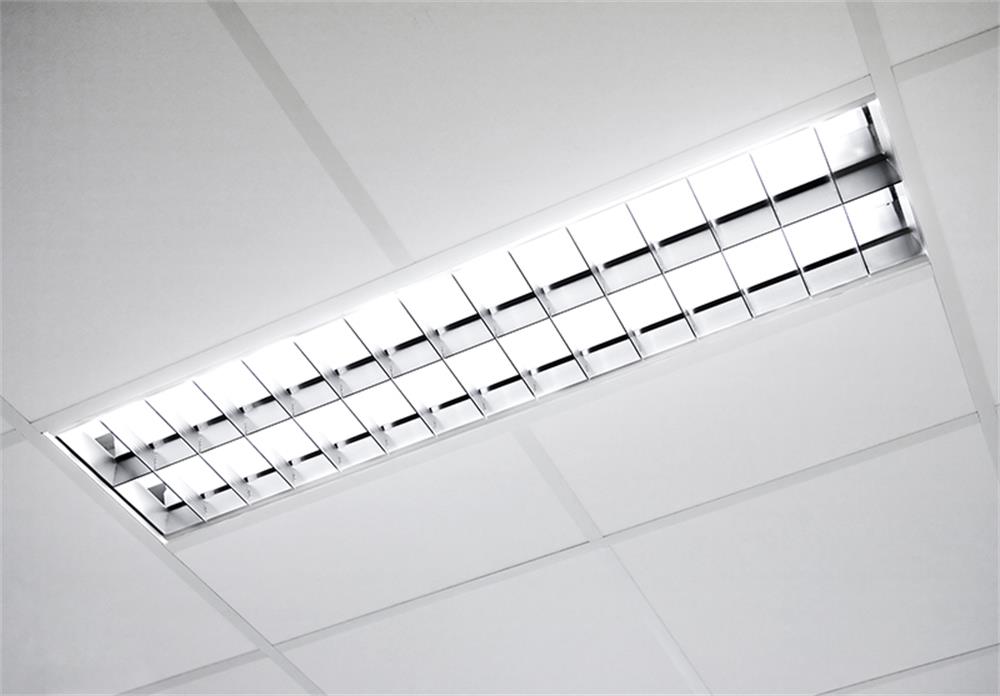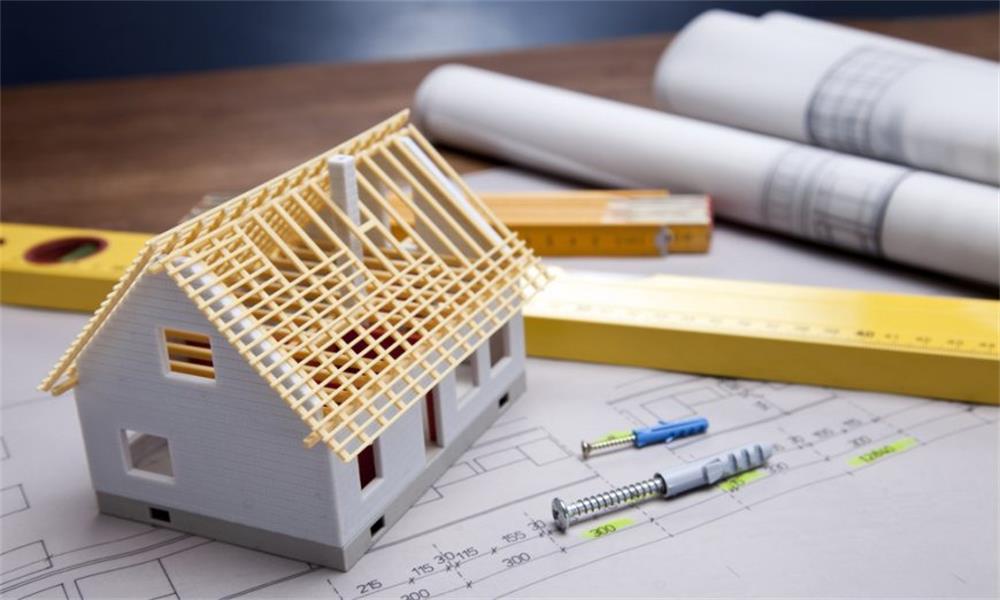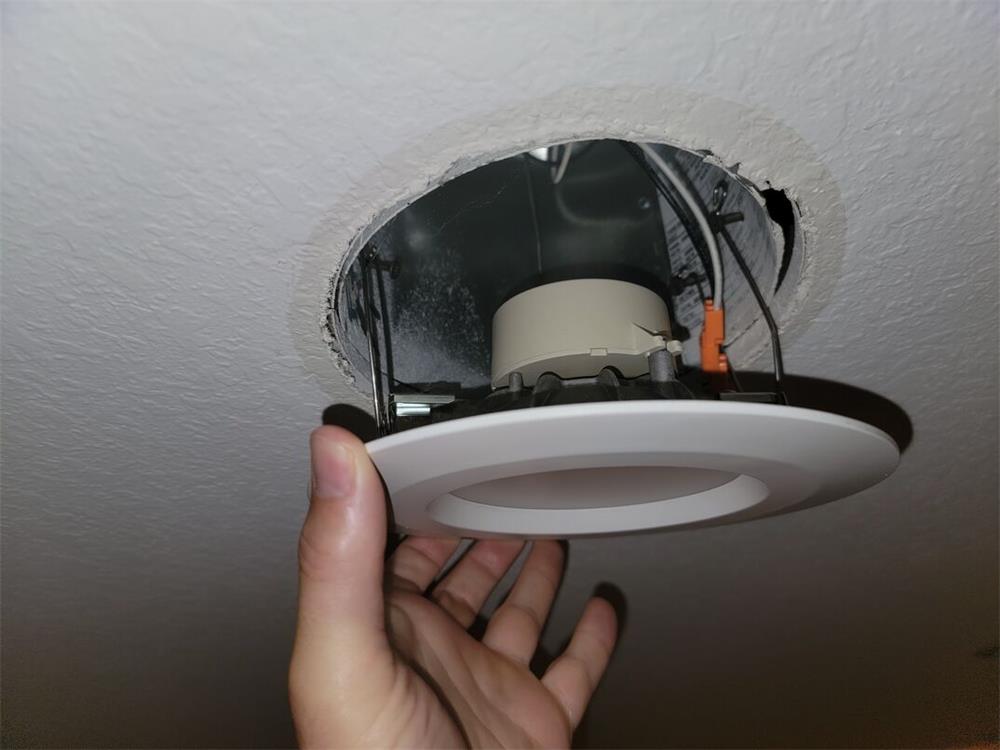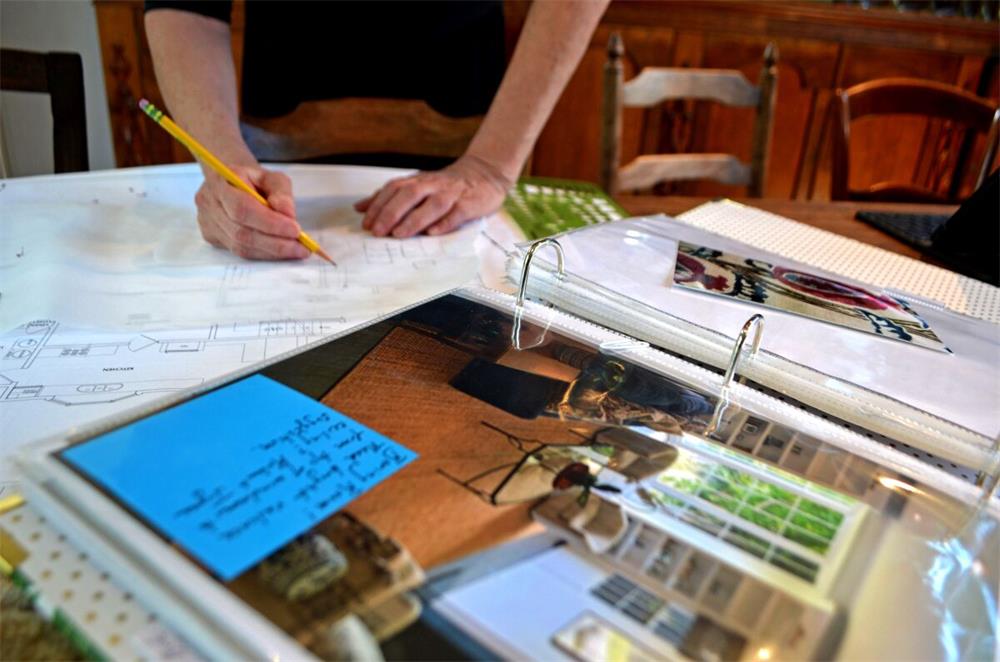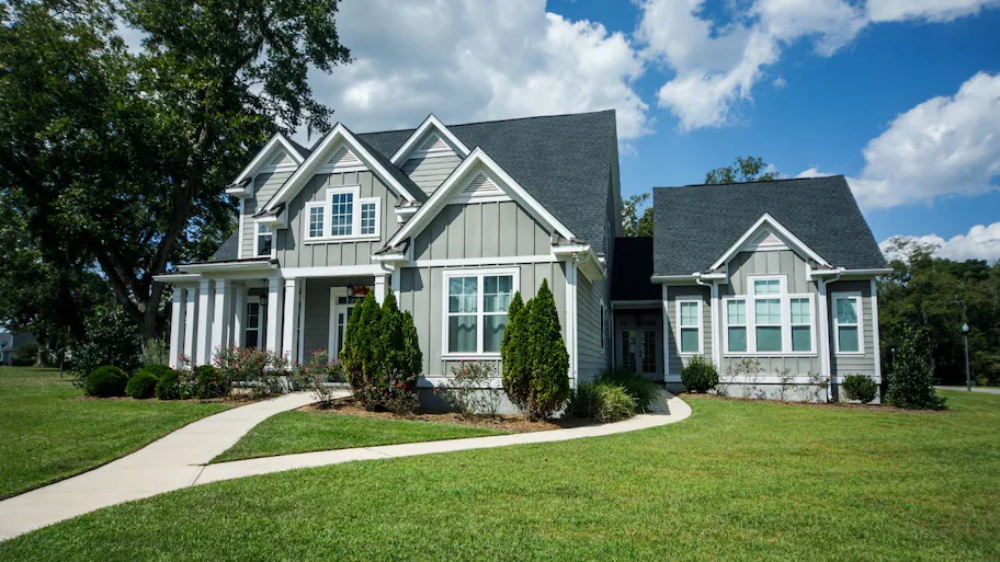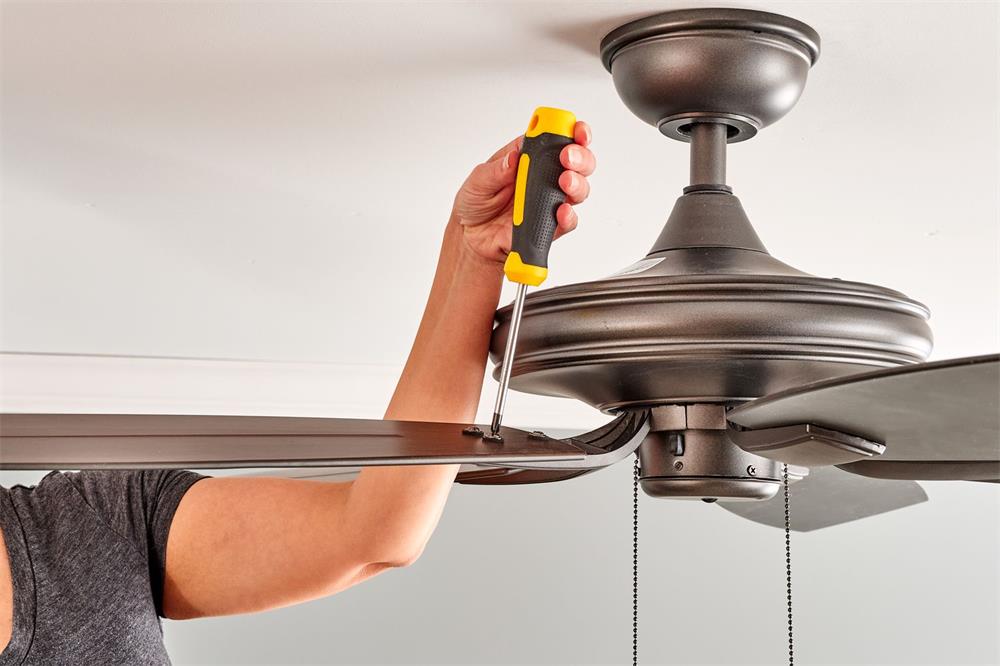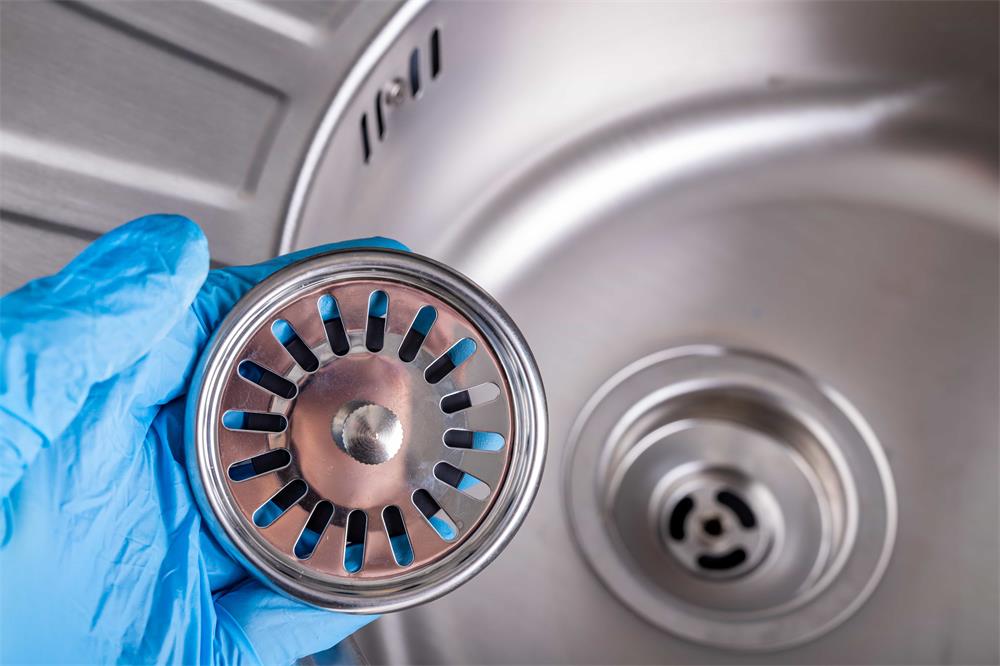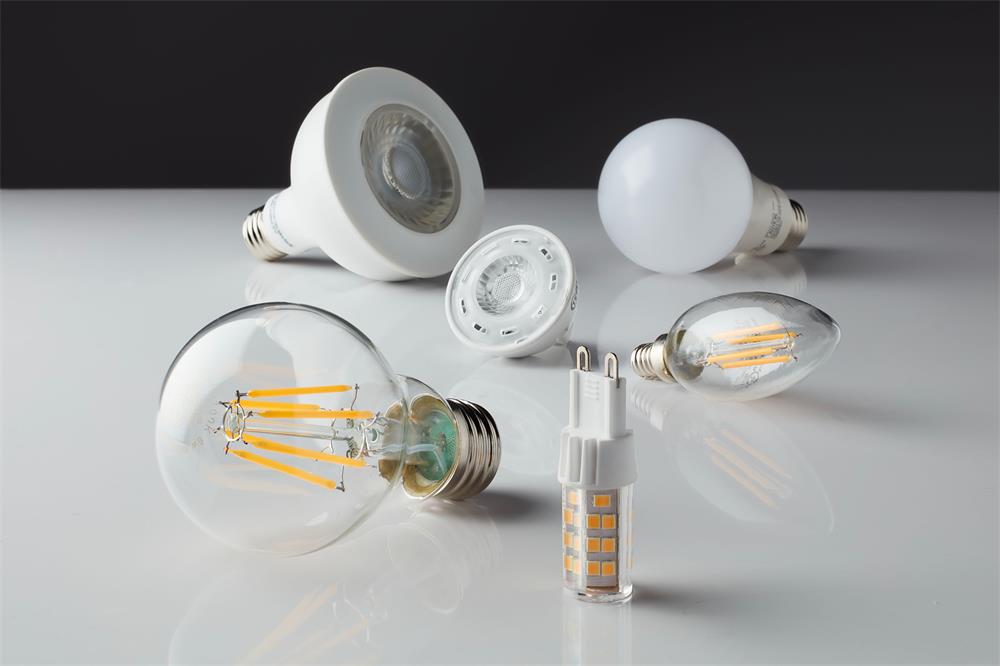If you have a light fixture that makes a humming noise, it might annoy you and also indicate that something is wrong with the light fixture, bulb, or switch. Different types of lights can hum: LED, fluorescent, CFL, and incandescent. The causes can vary from incompatible dimmer switches and light bulbs to old light ballasts that need to be replaced. Most of these problems can be solved by yourself. Here are some tips on how to fix a humming light fixture.
Warning: If you hear a hissing or popping sound, turn off the circuit breaker and call an electrician. Some sounds from the light fixture may signal serious issues that require an electrician.
LED Light Fixture Is Humming
The most common reason for a humming LED light fixture is a mismatch between the LED light and the dimmer switch. This is usually not dangerous.
Test if LED Dimmer Is Causing the Humming
The best way to find out if the dimmer switch is the cause of the humming is to temporarily remove the light from the dimmer switch. One way to do this is to turn off the circuit breaker, disconnect the wiring from the dimmer, and connect the wires to a regular, non-dimming switch. Another way is to leave the dimmer switch in place, but disconnect the two hot wires (usually red or black) and wire them together with a wire nut. If the LED light stops humming, you’ll know the dimmer switch is the problem.
Choose the Right Dimmer Switch for the LED Light
If you switched from an incandescent bulb to an LED bulb but kept the old dimmer switch, you will need to replace it with a compatible dimmer switch. Before you buy a new switch, check the LED bulb’s instructions. Most manufacturers provide lists of compatible dimmer switches. Generally, you’ll need a CL dimmer, a LED+ dimmer, or an ELV dimmer switch.
Fluorescent Light Fixture Is Humming
All fluorescent lights make some humming noise to some extent. All ballasts—the fluorescent light fixtures’ controlling mechanism—will make a low hum, but only if you get close to it. When the hum is loud enough to hear from the room, it’s time to fix the light.
Adjust the Fluorescent Tubes
Fluorescent tubes can become loose or partially loose in their holders, which can cause humming. After removing the diffuser (the clear acrylic cover), check each tube to make sure that it is tight. To reseat a tube, rotate it 90 degrees (a quarter-turn) in either direction.
Replace the Light Ballast
The ballast is the magnetic or electronic controller inside the fluorescent light that regulates the flow of electricity to the fluorescent bulbs. In many cases, the ballast has become old and worn out and needs to be replaced. The black and white wires are line (or hot or powered) wires that come from the electric service panel and feed into the fixture’s ballast.
Incandescent or CFL Light Fixture Is Humming
Incandescent or CFL light fixtures can also hum due to a faulty dimmer switch. The dimmer switch may not be compatible with the type of bulb, or the switch may be worn out or damaged.
Test if Incandescent or CFL Dimmer Is Causing the Humming
The same method as for LED lights can be used to test if the dimmer switch is causing the humming. Temporarily remove the light from the dimmer switch by either replacing the switch with a regular one or by wiring the hot wires together. If the humming stops, the dimmer switch is the problem.
Choose the Right Dimmer Switch for the Incandescent or CFL Light
If you switched from an incandescent bulb to a CFL bulb but kept the old dimmer switch, you will need to replace it with a compatible dimmer switch. Before you buy a new switch, check the CFL bulb’s instructions. Most manufacturers provide lists of compatible dimmer switches. Generally, you’ll need a CFL dimmer or a universal dimmer switch.
How to Replace a Light Ballast
If you have determined that the ballast is the cause of the humming in your fluorescent light fixture, you will need to replace it with a new one. Here are the steps to follow:
Step 1: Remove the old light ballast
If you have decided to replace your light ballasts, then you will need to remove the old one first. Turn off the power at the main panel and remove the bulbs and the fixture cover. Cut all the wires connected to the ballast with wire snips, leaving some length for splicing later.
Step 2: Remove the cover
Once you have removed all of the wires and cables, lift off the cover of your light fixture. You may need to unscrew some nuts or clips or simply snap it off, depending on how it is attached.
Step 3: Remove the old ballast
Support the ballast with one hand (to prevent it from falling), and remove its mounting nuts or bolts with a nut driver or socket wrench. Remove the ballast from the fixture. Bring the ballast with you to the hardware store to find a suitable replacement if you don’t have one already.
Step 4: Install the new ballast
Mount the new ballast in the fixture and secure it with nuts or bolts. Strip about 1/2 inch of insulation from each wire and connect them according to color with wire connectors. Follow the wiring diagram on the new ballast if it differs from the old one. Replace the cover, bulbs, and turn on the power. Enjoy your humming-free light!
How to Prevent Humming in Light Fixtures
To prevent humming in light fixtures, you can take some preventive measures, such as:
- Choose the right type of bulb for your fixture and dimmer switch. LED, fluorescent, CFL, and incandescent bulbs have different requirements and compatibilities. Check the manufacturer’s instructions and labels before buying or installing a bulb or a switch.
- Replace old or damaged bulbs, starters, or ballasts as soon as possible. They can cause humming and other problems, such as flickering or reduced light output. They can also pose a fire hazard if left unattended.
- Use high-quality bulbs, switches, and ballasts from reputable brands. Cheap or low-quality products may not meet the safety standards or performance expectations. They may also have a shorter lifespan and need to be replaced more often.
- Keep your light fixtures clean and dust-free. Dust and dirt can accumulate on the bulbs, switches, ballasts, and wires, affecting their function and efficiency. They can also cause overheating or short circuits. Use a soft cloth or a vacuum cleaner to remove any dust or debris from your light fixtures regularly.
By following these tips, you can enjoy your light fixtures without any annoying humming noise. If you still have problems with your light fixtures, you may need to consult a professional electrician for further assistance.

